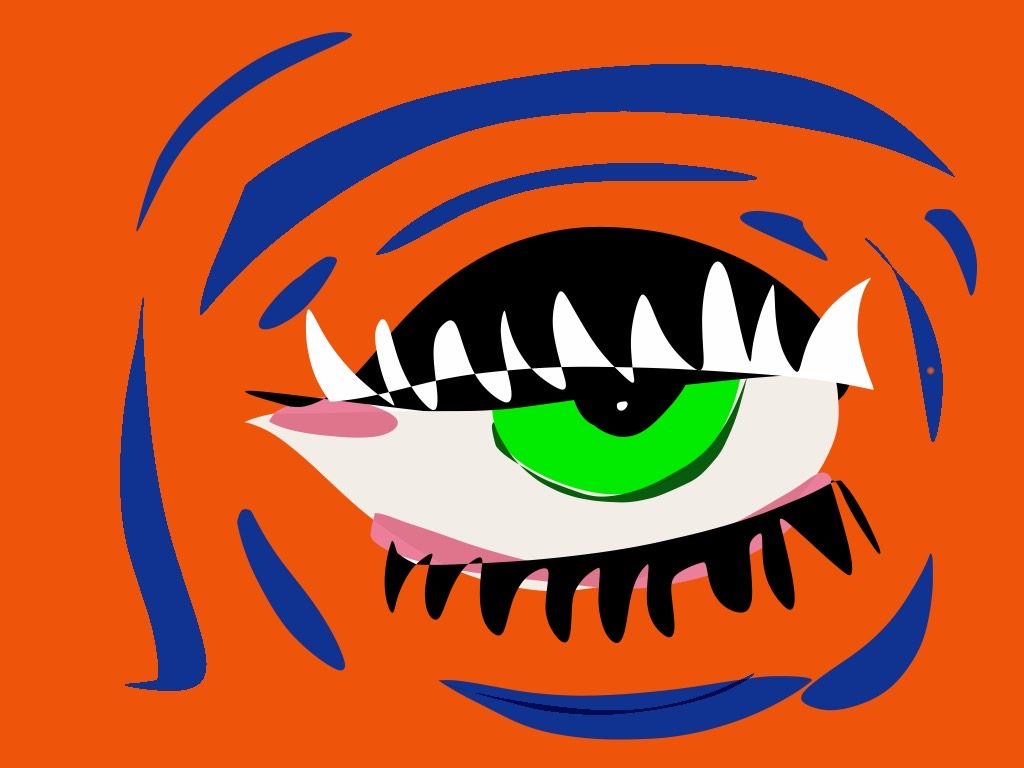Assignment 3
Virtual Reality in Art Therapy: Literature Review
source: https://www.tandfonline.com/doi/full/10.1080/07421656.2019.1659662
Virtual Reality is nowadays highly used in health and mental care settings, creating monitored environments in which patients could be engaged and be exposed to certain stimuli that would be manipulated and modified in order to create new responses, that would be analyzed through the process. The immersive scenarios allow the patients to practice in a virtual world, what they could experience in their physical reality, where VR is a tool that can prepare patience to face up their concerns and fears in safe environments, free from distractions or external judgment. Few examples of the usage of Virtual Reality in health and mental care can be is wide, going from helping with posttraumatic stress disorder to physical pain distraction.
Art therapy is a form of psychotherapy that encourages self-expression through the use of painting, drawing or modelling, to explore emotions, reduce anxiety, increase self-esteem, or other psychological issues.
VR has a broad range of art apps, such as Google Tilt brush or Gravity Sketch, that allow users to draw around the environments with a wide range of tools and colours. In the article it was studied how 17 participants with different backgrounds, within an age range of 18-65 years how they responded to the use of VR art-making platform and how it could be relevant for art therapy practice and research. In the study the participants used HTC Vive VR headsets and where in a 5’ x 6’ mapped room. Then, when they familiarized with the space, were transported in Tilt Brush 3D Canvas and invited to create any creative imagery, without any sort of instruction or directives. The session lasted between 20-25 minutes, after it they were asked to save their work and provide feedback on the art session.
The participants enjoyed the fact that VR let them move around, engaging the whole body, reducing inhibitions and improving mood and creativity, revealing to be a dynamic and immersive experience. VR lets the participant experiment with the technology, free from real world boundaries, such as two dimensionality, gravity or physicality of art, free from the sense of permanence, typical of traditional art. The majority of participants felt energized by the experience by being immersed in a virtual environment, but some felt the lack of the final physical art piece, despite you can still have images and screen recording of the VR session. All the participant rated the experience positively, “especially the novelty of the environment and the opportunity to experience an imagined space without the constraints of the physical world”.
The use of Headsets and hand controllers of VR, requires an initial period of explanation and familiarization with the technology, before the actual art- therapy session. This could be an initial obstacle for some patients that are not really confident with the usage of new technologies, but it is not said that it is a problem without a solution, in fact extra time and a tutorial session to feel confident using the VR HMD (head mounted display) and its controllers is enough to create any sort of art imagery. VR art therapy as any other therapies might not be suitable for everyone, maybe some patients feel more confident in expressing themselves through traditional art rather than in VR, or maybe from a physical side, some patients might feel motion sickness or disorientation, or, for example, if someone suffers from any neurological illness that do not let them distinguish what is computer generated from the material world, leading to a state of confusion.
I think that Virtual Reality would be an amazing tool to help with psychological issues and that it could be easily integrated in art therapy, without replacing the use of fine arts, but blending together the two technics to create something more elaborate on the artistic point of view. VR can offer a virtual space where everyone could dedicate some time every day far from the distractions for their own mental health. It not only engages the visual part, but also we hear and makes the hole body interact with the art process, which traditional art cannot do.
In conclusion technologies for developing art therapy in Virtual Reality already exist, Tilt Brush and Gravity sketch are two main ones, focused on drawing, but also in creating 3d surfaces in VR, therefore it not only covers the traditional painting and drawing, but also by editing and deforming the mesh as you prefer, it is like sculpting with clay or any other physical material with plastic proprieties. It can be said that these two platforms are already high-quality tools, that let users express themselves in their variety and artistic way, that only has to get better through the years, just think that Gravity sketch, has been on the market only since 2014 and now with the latest Oculus Quest 2 it has only a long way to develop positively.
